Foul Water Drainage & Surface Water Drainage: What’s the Difference?
What’s the Difference Between Foul Water Drainage and Surface Water Drainage?
Most properties generate two distinct types of water that enter the surrounding drainage system. First, there’s foul water drainage – this refers to waste produced by sinks, toilets, washing machines, and similar appliances (commonly called grey water). In addition to foul water, there’s also surface water (or stormwater), which typically consists of rainwater collected from gutters and drainage around the house, such as from channel drains during rainfall.
You might think that both types of water follow the same path and undergo similar treatments – but that’s not the case. The rules and handling procedures for foul water drainage and surface water drainage are quite different, and understanding these distinctions is crucial.
In this article, we’ll delve deeper into foul water drainage and surface water drainage, exploring their definitions, handling requirements, relevant regulations, and common issues that can arise when these systems get mixed up.
Need Some Water Drainage Support?
Before we proceed, it’s important to note that we’re here to help if you need expert advice on any aspect of your home’s drainage or water system. Whether you’re researching products and unsure which to choose or need assistance midway through a project, feel free to reach out via phone, email, or our instant messaging service.
What Is Foul Water?
Foul water is highly likely to be contaminated. According to the UK government’s statutory guidance on ‘Drainage and waste disposal’ (Building Regulations, Part H), foul water is defined as:
- Waste from a toilet, bidet, or appliance used for washing receptacles containing foul waste;
- Water that has been used for food preparation, cooking, or washing.
Foul waste can originate from several household appliances and systems:
- Toilets
- Sinks
- Baths
- Showers
- Washing machines
- Dishwashers
Given its potential contamination with effluents, chemicals, or other harmful substances, foul water is usually directed through the main sewer network to a sewage treatment plant. In properties without access to mains drainage, it is discharged into a septic tank, private wastewater treatment facility, or cesspit.
What Is Surface Water?
In this context, surface water primarily refers to rainwater collected by a property.
In rural areas, much of the rainwater naturally infiltrates the ground. However, in urban settings, it is typically channeled into drains and directed toward natural waterways like rivers, streams, or even the ocean.
Since surface water hasn’t been used within the property, it isn’t contaminated. Therefore, it doesn’t require treatment by wastewater facilities. Instead, it’s considered safe to be redirected into soakaway drains and dispersed into the local natural drainage system.
Technical Terms and Names
The terminology for drainage pipes varies depending on their location. Pipes above ground are commonly referred to as 'sanitary pipework,' while everything below ground is called 'foul drains' or 'foul sewers.'
While it’s helpful to know these terms if you’re reading legal documents or building regulation guidelines, don’t worry – people won’t look at you strangely if you mistakenly refer to a sanitary pipe as a foul pipe. Just be aware of these distinctions if you come across technical language in official documentation.
As a general rule, sewer pipes are usually terracotta-colored, whereas surface water or grey water pipes are often black (though they may be grey or white if above ground).
Rules and Regulations
As previously mentioned, both foul and surface water drainage are addressed in Part H of the UK Building Regulations. Section H1 specifically covers foul water drainage, while Section H3 focuses on rainwater drainage. Due to its potentially polluting nature, foul drainage receives more stringent regulation compared to cleaner surface water drainage.
The regulations outline an order of priority for directing waste. Property owners should aim to connect their drainage to the first viable option from the following list:
- The public sewer
- A private sewer connected to a public sewer
- A septic tank or wastewater treatment plant on the premises
- A cesspit

Why Is It Important to Keep Foul Water and Surface Water Drainage Systems Separate?
Considering that surface water typically flows into rivers, streams, or other watercourses, it’s evident why contaminated fluids containing effluent or chemical waste shouldn’t follow the same route.
The consequences of polluting a watercourse are severe. Not only does it harm the environment, but individuals or companies found guilty of pollution offenses can face unlimited fines, and in extreme cases, custodial sentences.
It’s not just pollutants entering surface water sewers that pose a problem. When surface water enters foul water systems, the drainage infrastructure can quickly become overwhelmed, potentially leading to hazardous flooding. It can also create issues at sewage treatment facilities by causing overflows, which usually results in untreated foul water being discharged into public watercourses or the sea. Underground sewer pipes come in various sizes, with the main ones being 110mm and 160mm drainage pipe.
Why Do Surface and Foul Water Drainage Become Mixed?
Sometimes, foul water drainage and surface water drainage systems become mixed due to factors unrelated to the current occupants of the property. Many older homes have combined foul and surface water underground drainage systems, meaning wastewater travels through the same pipe into the main sewer.
There’s also a possibility that construction work could lead to mix-ups between foul and surface water sewers, often resulting from incorrect routing of wastewater through a property’s drains.
If this applies to your property, don’t panic – you won’t suddenly have environmental health officials knocking on your door demanding access to your drain covers and inspection chambers! Still, it might be worth investigating and fixing the issue if possible.
Foul Water Drainage Products
Now that we’ve covered some key aspects of foul and surface drainage, let’s take a closer look at the products we offer that could be beneficial if you’re planning to install or overhaul your drainage system.
Sanitary Pipework
Components like bottle traps, waste traps, waste pipes, and overflow pipes form the pipework that removes foul water from your home. Outside the property, it becomes a soil pipe stack that connects various outlets and directs the flow toward the sewer. A soil pipe stack typically consists of sections of soil pipe, junctions, and necessary fittings to secure them together.
Building regulations also require that a soil stack design includes a vent to allow gases or odors generated to escape safely. This is usually achieved through a dedicated vent pipe extending above the roofline and covered with a protective cowl (at least 5 meters away from any windows or doors).
Ultimately, the soil stack connects to the local mains sewer (underground) drains, carrying sewage away from the site.
On-Site Sewage Treatment
About 4-5% of UK properties rely on off-mains drainage systems, meaning it’s either impossible or impractical to connect them to the main system. While 4-5% might seem small, it translates to roughly one million homes – not to mention rural businesses.
For households with such setups, some form of on-site storage or treatment is essential. Septic tanks are a popular solution, but an increasing number of larger properties are opting for their own sewage treatment plants, essentially mini versions of the main system.
Drainage System Question? We’re Here to Help!
From pan connectors to sewage treatment plants and septic tanks, we understand wastewater products inside out – so if you need help selecting the right product for your project, we’re here to assist.
Feel free to contact us via phone, email, or our instant messenger service if you have any questions about our drainage systems range.
Â
Author Bio
Nathan Wilde

Nathan has been in the drainage and plastics industry for over 12 years. Having worked for both builders’ merchants and major manufacturers, Nathan has accumulated extensive industry and product knowledge. At EasyMerchant, Nathan is committed to making life easier for tradespeople.
Â
Shop Drainage

110mm Drainage Pipe Fittings

110mm 3m Single Socket Underground Drainage Pipe
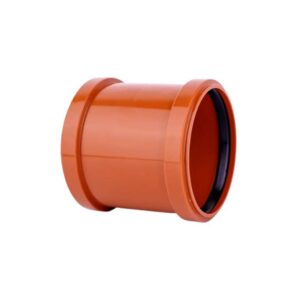
110mm Drainage Pipe Coupler
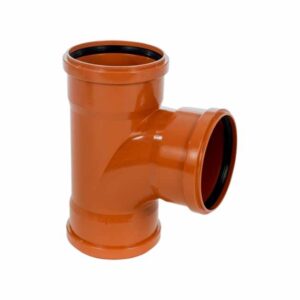
110mm Underground Drainage Pipe Junction

110mm Universal Rainwater Adaptor
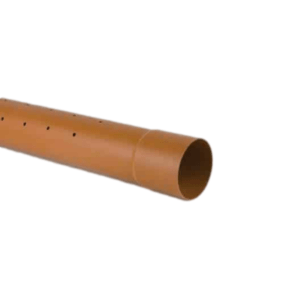
110mm 3m Perforated Sewer Pipe
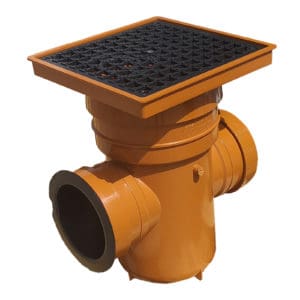
110mm Underground Drainage Bottle Gully
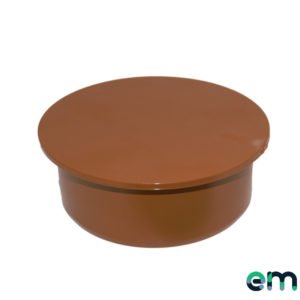
110mm Socket Plug
Octagonal Ring Joint Gasket,Octagonal Ring Gasket,Octagonal Rtj Gasket,Octagonal Ring Joint
WENZHOU JINGWEI SEAL TECHNOLOGY CO., LTD , https://www.ringjoint-gasket.com